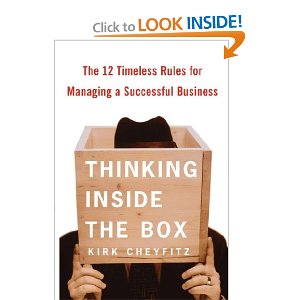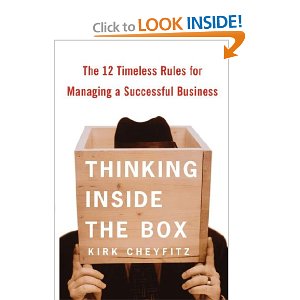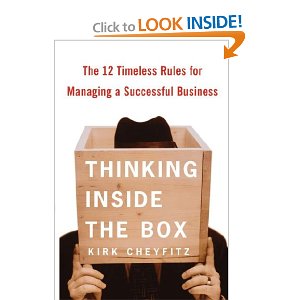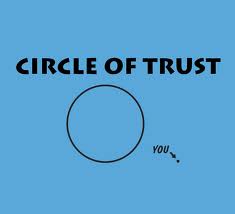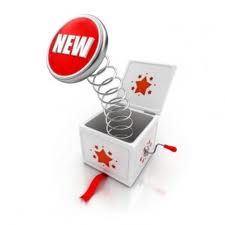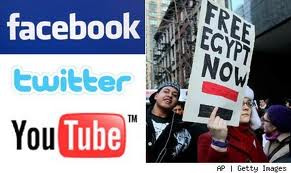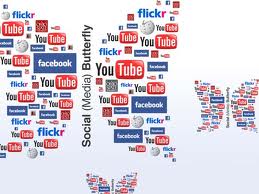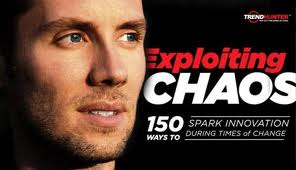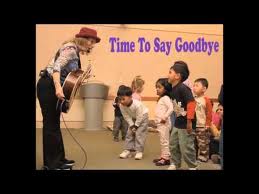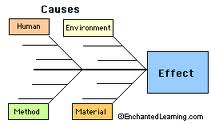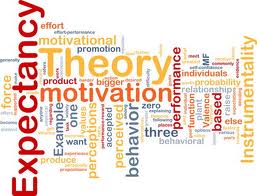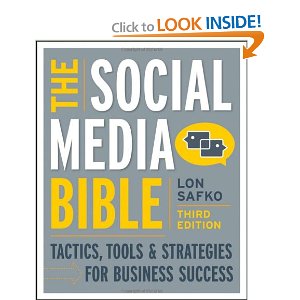 Yesterday, I posted about the importance of developing your organization’s year-end fundraising strategy and doing so ASAP (by which I mean get it in writing by the end of this week). As I reflected on my post all day yesterday, I started thinking about all of the great holiday opportunities with regard to donor stewardship activities.
Yesterday, I posted about the importance of developing your organization’s year-end fundraising strategy and doing so ASAP (by which I mean get it in writing by the end of this week). As I reflected on my post all day yesterday, I started thinking about all of the great holiday opportunities with regard to donor stewardship activities.
Over the years, I posted a number of articles immediately before, during or after a holiday talking about how organizations could have piggy backed on the holiday to implement some effective stewardship activities. After each of those posts, I remember thinking . . . “Hmmmm, perhaps I should’ve posted this a few weeks or months ago and readers might have had some time to put thought and planning into such an idea.”
With this in mind, let’s go back in time and revisit two blog posts from the fourth quarter of last year that spoke to the idea of using holidays as stewardship opportunities. Here they are:
 Another thought that I’ve shared with a number of clients throughout the years is the idea of taking the “Twelve Days of Christmas” song and using it as a December theme for “The Twelve Days of Stewardship”. It can be as simple as doing 12 stewardship activities in December or as complicated as the song suggests (e.g. giving the donor two of this, three of that, etc etc etc).
Another thought that I’ve shared with a number of clients throughout the years is the idea of taking the “Twelve Days of Christmas” song and using it as a December theme for “The Twelve Days of Stewardship”. It can be as simple as doing 12 stewardship activities in December or as complicated as the song suggests (e.g. giving the donor two of this, three of that, etc etc etc).
If you’re rolling your eyes at this suggestion, I encourage you to stop and think about it for a moment. I bet that right now off the top of your head, you’ll be able to rattle off three or four stewardship things your agency does around the holidays, such as:
- mailing holiday cards
- hosting a holiday party for supporters and donors
- thank-a-thon (e.g. stewardship thank you phone calls)
- annual report
- Running a “A few of my favorite things . . .” essay contest with your clients about your services and sharing the results with your donors.
With a little bit of thought and creativity, I bet you can weave things that you already do into a 12 day tapestry of stewardship opportunities.
The bigger point that I am trying to make today (and yesterday) is that these things don’t just happen. They require some thought and planning (and more than just a few days before).
 The fourth quarter and holiday season offer unique and fun opportunities to steward donors, and it is something you need to start thinking about this week because the fourth quarter will be here starting Monday of next week. (Eeeeek! Talk about a scary Halloween gift)
The fourth quarter and holiday season offer unique and fun opportunities to steward donors, and it is something you need to start thinking about this week because the fourth quarter will be here starting Monday of next week. (Eeeeek! Talk about a scary Halloween gift)
What is your organization doing to steward donors for Halloween? Thanksgiving? Hanukkah? Kwanzaa? Do you have thoughts or ideas to help flesh out the aforementioned 12 Days of Stewardship concept?
Please scroll down and share your thoughts, plans and questions in the comment box below. We can all learn from and inspire each other.
Here’s to your health!
Erik Anderson
Founder & President, The Healthy Non-Profit LLC
www.thehealthynonprofit.com
erik@thehealthynonprofit.com
http://twitter.com/#!/eanderson847
http://www.facebook.com/eanderson847
http://www.linkedin.com/in/erikanderson847



